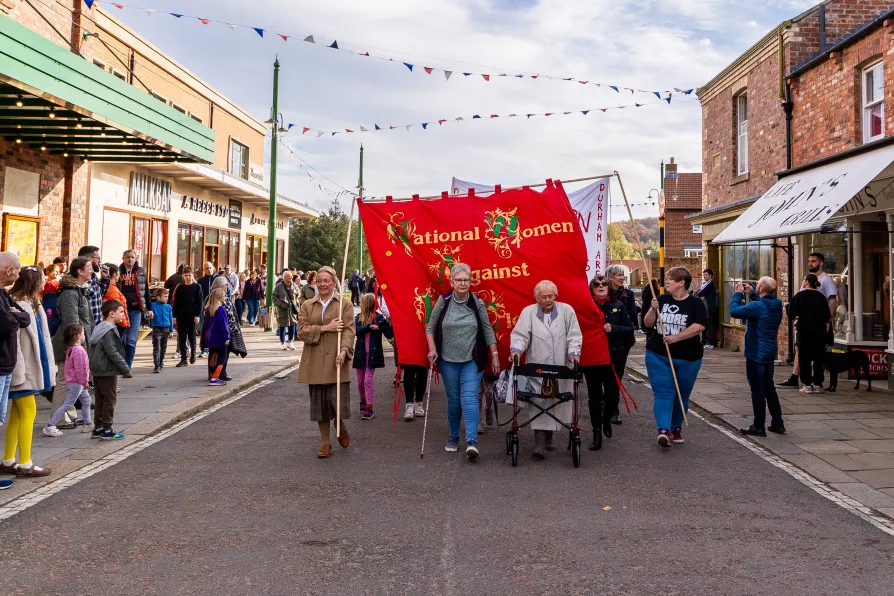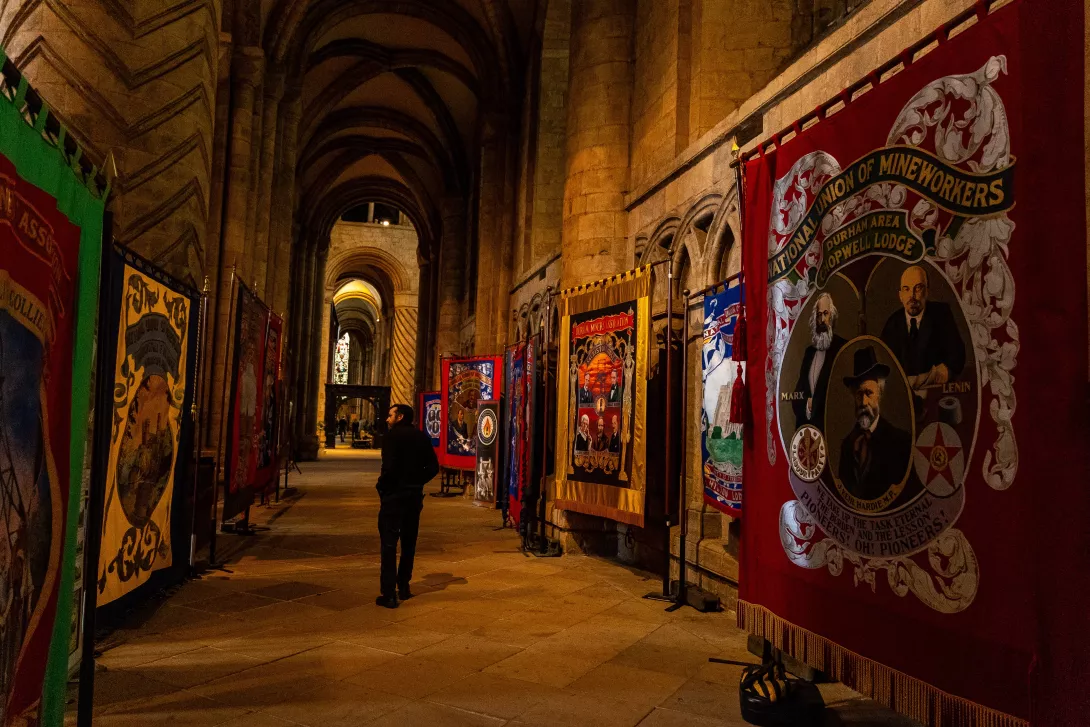That should be warning enough to end the company’s contract with the NHS, writes LINDA PENTZ GUNTER
We’re still strong, we are still fighting
Women have been celebrating the 40th anniversary of the miners’ strike against pit closures, and there’s more to come writes HEATHER WOOD
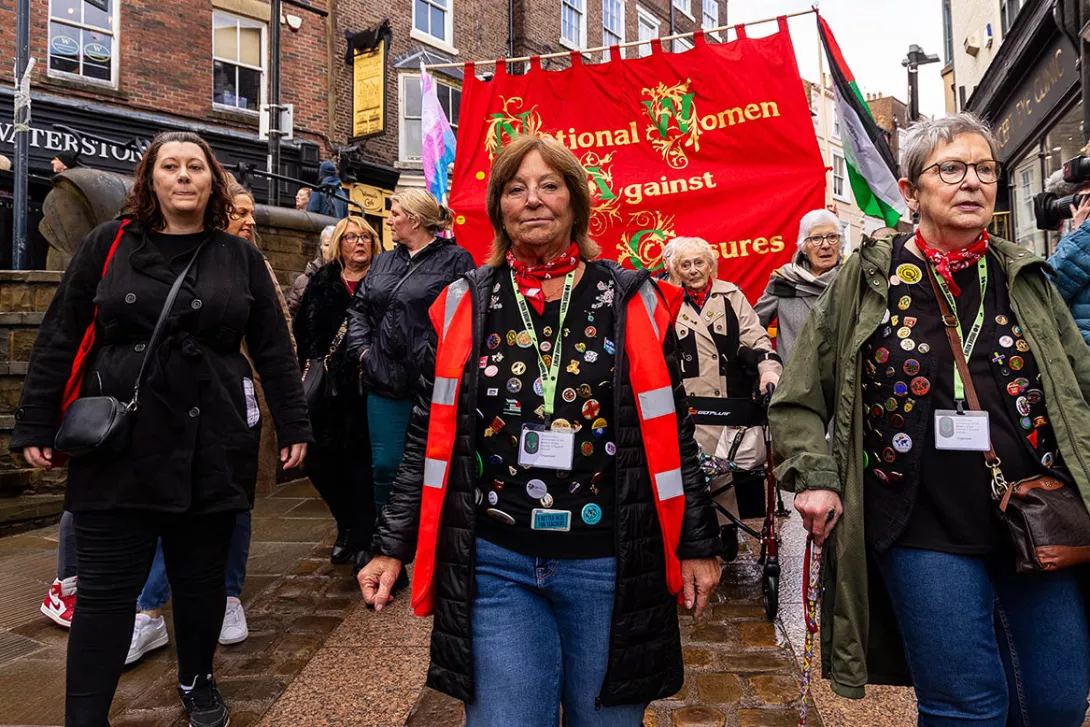
JUST over six months into the 40th anniversary of the great miners’ strike of 1984-85 — and what an amazing year it’s been so far.
Early in 2023 women from all over Britain decided to get together to celebrate the work done by women in that year of struggle, to commemorate those women who were involved and to inspire younger women to realise that together they can do great things.
Women have always been the backbone of working-class communities, no less so in mining communities where they not only “kept house” but they went out and did great things.
More from this author

HEATHER WOOD tells the story of how she led the women of her mining community to tackle Christmas 1984 with militant working-class organisation and dedication, from cataloguing each family to collecting and distributing presents

Leaving after 50 years in the Labour Party, national secretary of Women Against Pit Closures HEATHER WOOD says Reeves’ and Starmer’s winter fuel allowance cuts are a red line crossed — and calls for widespread union resistance
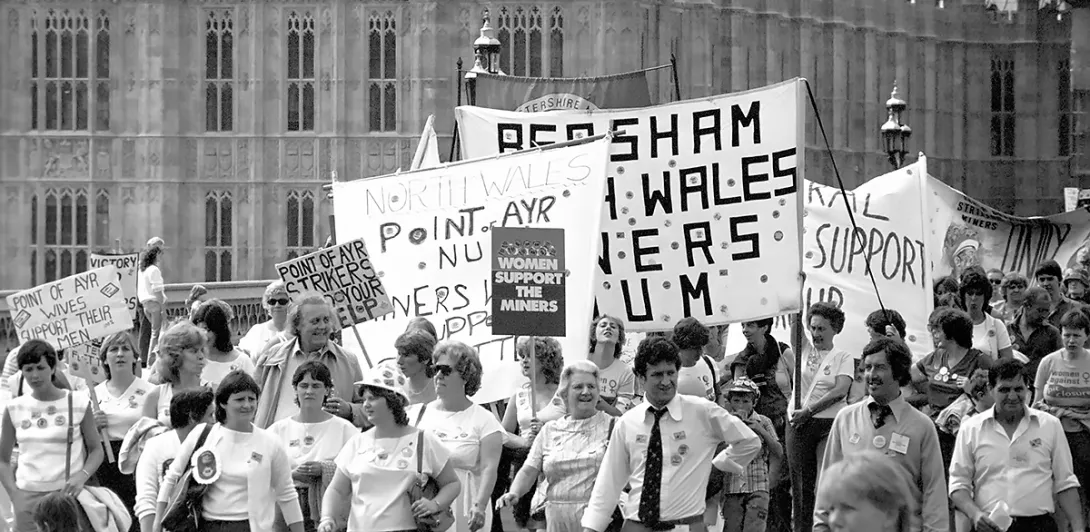
HEATHER WOOD, national secretary of Women Against Pit Closures charts her journey and the journey mining community women like her, from 1984 to Durham Gala 2024, explaining why this day remains vital for families decades after closures
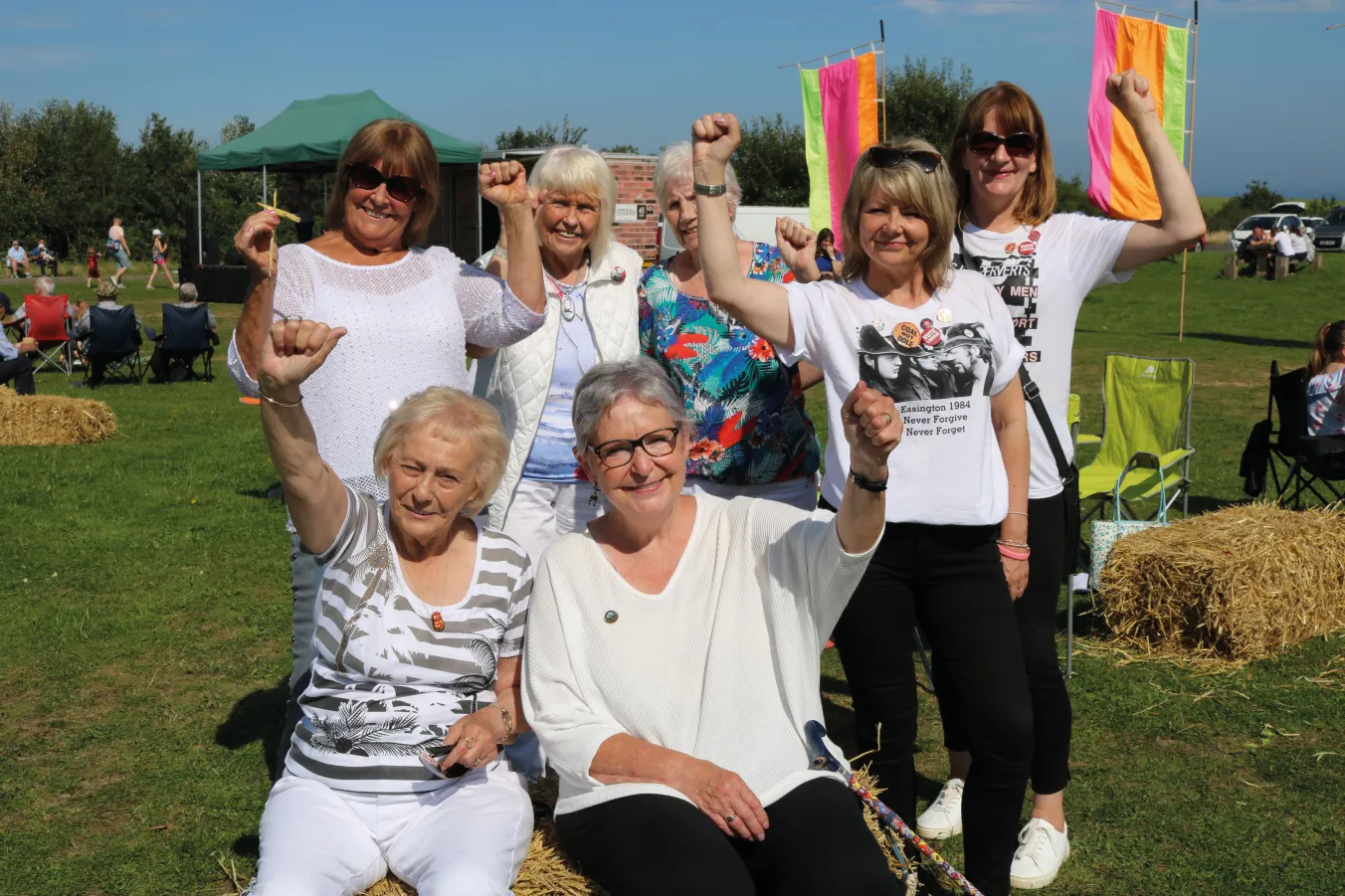
As hundreds of women gather in Durham today to celebrate their role in fighting pit closures 40 years ago, HEATHER WOOD reflects on experiences in her own mining community, Easington in County Durham
Similar stories

HEATHER WOOD, national secretary of Women Against Pit Closures charts her journey and the journey mining community women like her, from 1984 to Durham Gala 2024, explaining why this day remains vital for families decades after closures


 Latest editorial
Latest editorial








